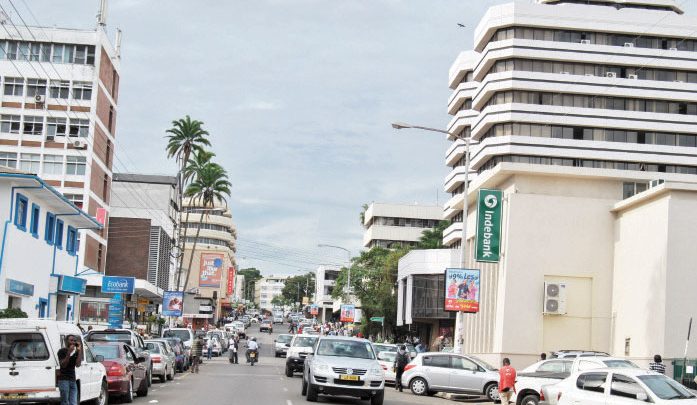In its 2020 Africa Economic Outlook released on Tuesday, the bank has projected that in the baseline scenario, the local economy could swell by 1.3 percent this year and 0.6 percent in the worst case scenario.
AfDB says growth would recover to 2.6 percent and 3.3 percent, respectively in 2021 buoyed by agriculture, to“In the short term, the subdued foreign exchange inflows could depreciate the local currency,” the outlook says.
It further notes that the $213.2 million spending to contain the effects of Covid-19 is likely to widen the fiscal deficit to 6.1 percent of the GDP in the baseline scenario which could further deteriorate to 6.6 percent in the worst case scenario, should the pandemic persist up to the end of 2020.
“And the public debt to GDP ratio could widen beyond the current 62 percent of the GDP and inflation could rise to 12.2 percent in 2020 driven by import supply disruption.
“The current account deficit would widen to 17.8 percent of GDP in 2020 from 16.7 percent in 2019, driven by lower than expected foreign exchange earnings from tobacco, Malawi’s main exports,” the report says.
According to the report, real GDP in Africa is projected to contract by 1.7 percent in 2020, dropping by 5.6 percentage points from the January 2020 pre-Covid–19 projection, if the virus has a substantial impact but of short duration.
“If it continues beyond the first half of 2020, there would be a deeper GDP contraction in 2020 of 3.4 percent, down by 7.3 percentage points from the growth projected before the outbreak of Covid–19,” the report says.
Last week, the International Monetary Fund (IMF) maintained a one percent growth projection for Malawi in 2020 before the economy rebounds to 2.5 percent in 2021.
The Treasury recently said the government was working on two scenarios first which assumes that Covid-19 would ease by September 2020 while the other, a worst case scenario, assumes that Covid-19 would ease by December 2020.
